If you are outputting your audio via a SourceDataLine, it is possible to inspect the audio data as it is being processed. There is a useful code example of this presented in the Oracle Sound Trail tutorials, on the page Using Files and Format Converters, in the section "Reading Sound Files". The important point in the code is marked with a comment "// Here, do something useful"
At that point you would convert the bytes to audio values, and use the values as part of an RMS calculation. Details for the coversion and the RMS calculation should be searchable--I know I've seen explanations for both on stackoverflow.
Once you have an RMS value calculated, it can be sent to an independent thread that handles the graphics visualization. A loose-coupling pattern should be employed so that you minimize the amount of work being done on the audio thread, and so that you avoid any blocking that might hang up the audio.
For example, the visualization thread can have a setRMSValue method that simply updates an instance variable, without synchronization or blocking of any sort. The audio processing thread can call this method freely as it generates new RMS data points. The visualizer can simultaneously read the current instance variable at your animation rate. No synchronization needed. If the visualization thread skips a few RMS data points, it should not a problem.
